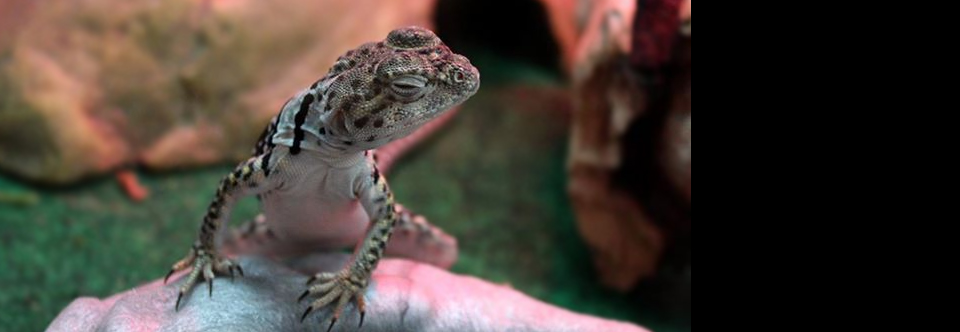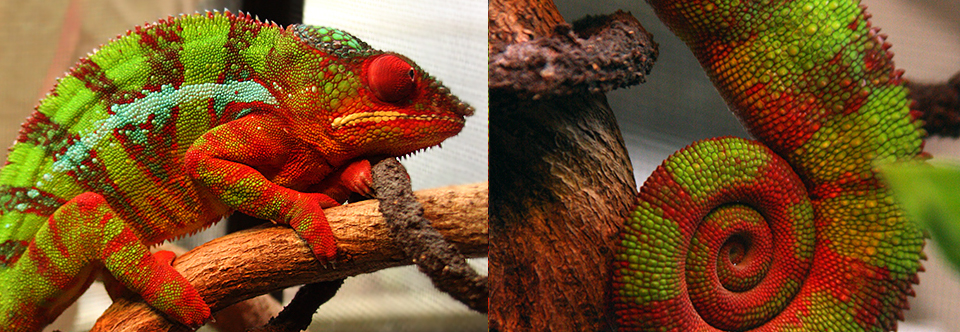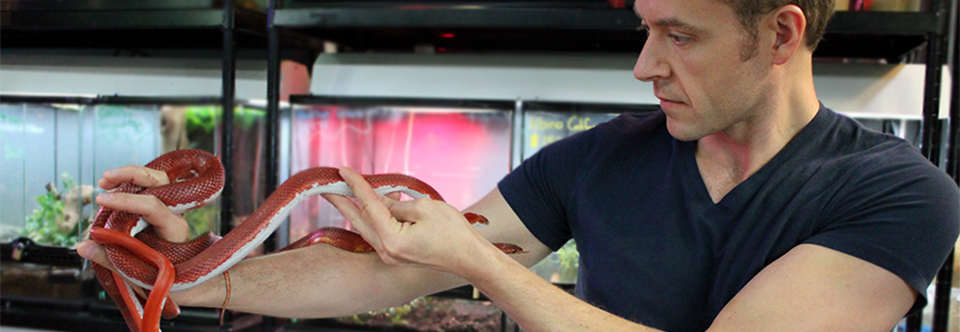
by Fauna | Nov 6, 2013 | Blog, Products, Reptiles
Here at Fauna one of the most common reptilian issues brought to our attention during these cold winter months is low humidity. Some of the signs that can be seen include decreased appetite, firm stool or constipation, inactivity, poor shedding, and may possibly include respiratory problems. Many people are unaware of how humidity actually affects their animals, especially when dealing with desert dwelling species that we associate with very dry habitats. When we look at humidity it is important to understand that generally during warm weather the humidity is higher than during the cold. According to the Mayo Clinic, the average relative humidity for someone’s home should be maintained between 30-50%. Humidity greater than 50% can cause mold, mildew and bacterial growth resulting in other health problems such as increased allergy issues. Once the humidity level drops below 30% we start to lose hydration from our bodies. This equally happens to our pets! Low humidity can cause irritation of the mucous membranes, dry itchy skin, dehydration and actually increases the risk of catching the common cold, which thrives in dry conditions. Simply breathing releases a lot of the body’s fluids. Under optimal conditions this does not result in a major loss as moist air enters our lungs. However when the humidity is below ideal conditions it can result in dehydration. We happen to manage our own hydration level by drinking more fluids or increasing the wet foods we consume without much thought, such as soups. Since most reptiles do not tend to increase the amount of fluids they are drinking during these times to maintain...

by Fauna | Sep 20, 2013 | Blog, Reptiles
Huey is our resident panther chameleon (Furcifer pardalis) who lives in an extra-large screen cage in the front of our store. He’s usually mostly green, but with all the red in his face, you can see why they’d say he was, “fired up.” A lot of people say that when they greet Huey, he will respond by climbing up the screen to meet them. The name Panther Chameleon comes from it’s scientific name Furcifer pardalis. Furcifer means “forked”, referring to their feet, and pardalis means “spotted” as in a leopard or panther. These fascinating creatures can grow to be 20 inches in length! . To learn more about Fauna NYC, visit our website! Sign up for our eNewsletter for new animal arrivals, product discounts, and upcoming...

by Fauna | Sep 13, 2013 | Blog, Reptiles, Snakes
Corn snakes come in a variety of color morphs. We are very excited about this trio that we picked up to have as future breeders here at Fauna. This particular morph is called “extreme pied sided hypomelanistic“. This is a relatively uncommon morph that is highly sought after. When found, they command a pretty high price. We hope to be able to provide them at a more reasonable amount once they start producing young. They are just one example of the many beautiful colors in which corns can be found. . To learn more about Fauna NYC, visit our website! Sign up for our eNewsletter for new animal arrivals, product discounts, and upcoming...




